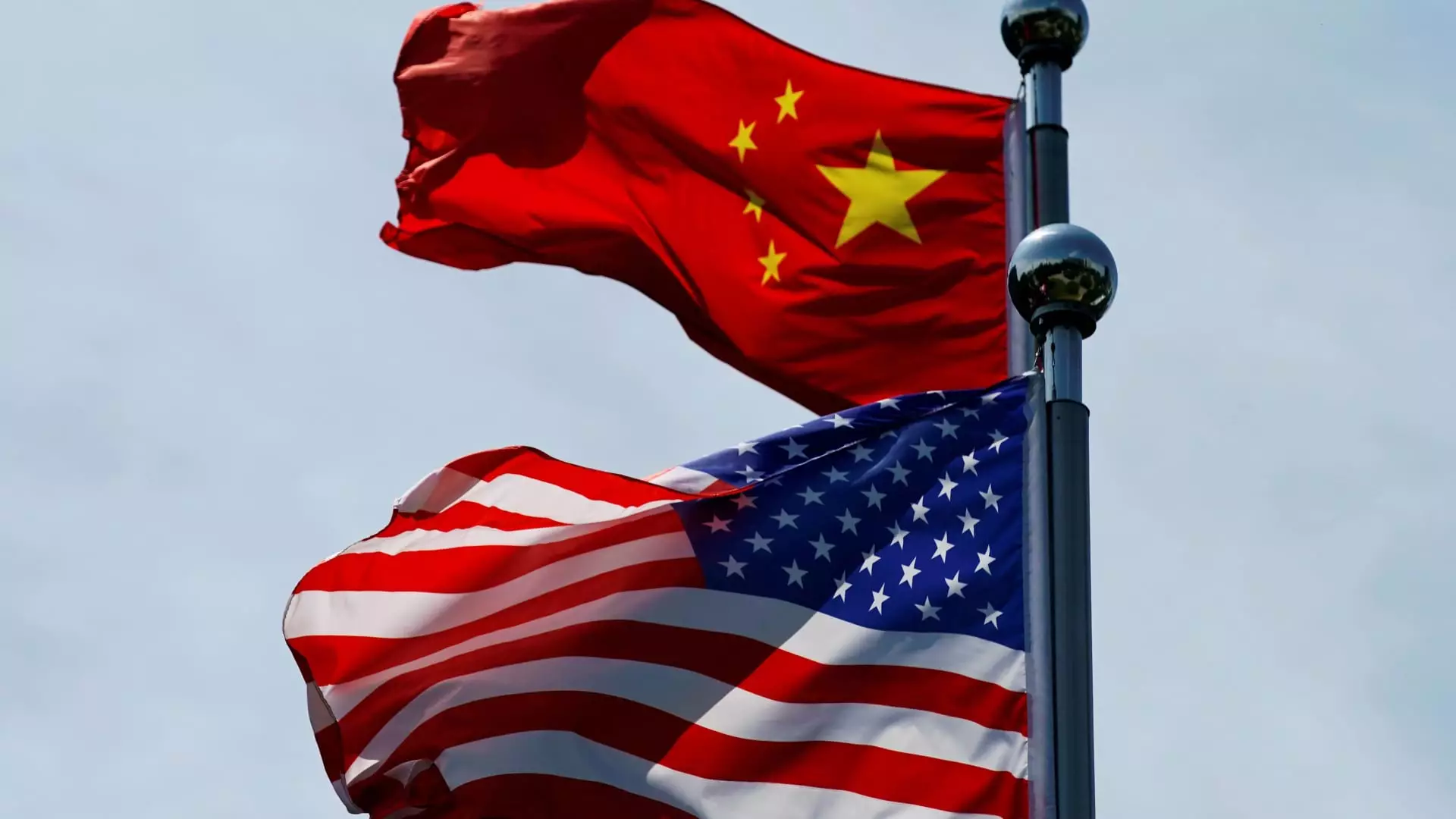As the inauguration of President-elect Donald Trump approaches, the business and diplomatic landscapes are poised for significant shifts. Trump recently announced plans to implement a 10% tariff on all Chinese imports, igniting debates about the effectiveness and repercussions of such a move. This announcement is part of a broader economic strategy that includes a bold 25% tariff on products imported from Mexico and Canada, raising questions about the future of the North American free trade agreement (NAFTA) and U.S. trade relations.
Trump has openly stated that his primary motivation for these tariffs stems from a mix of economic and social concerns, with specifics including a staunch focus on illegal immigration and the ongoing opioid crisis linked to the trafficking of drugs like Fentanyl. The U.S. has seen a troubling increase in overdose deaths attributed to Fentanyl, with many of the drug’s precursors originating in China and Mexico. Building a framework for reduced drug imports from these countries has been a topic of contention during negotiations between the U.S. and China.
Trump’s proposed 10% tariff on Chinese goods is notably less aggressive than the 60% rate he threatened during his campaign. Analysts suggest that market expectations had initially hinged on a more substantial increase, ranging from 20% to 30%. This reduction could indicate a strategic adjustment in response to potential economic blowback, as both the U.S. and China are uniquely interdependent, with China being a major stakeholder in the U.S. economy.
Kinger Lau, chief China equity strategist at Goldman Sachs, predicts that China may respond by initiating economic reforms, including lowering interest rates and stimulating fiscal spending. Additionally, a slight depreciation of the yuan could also be expected as China seeks to cushion its economy against the impact of U.S. tariffs. It is crucial to evaluate whether such moves will be sufficient to offset the anticipated decrease in trade and investment between the two countries.
The announcement of these tariffs signals a potential shift in the economic relationship between the two global powerhouses. Traditionally, China has maintained measured responses to U.S. trade policies. Andy Rothman, an investment strategist at Matthews Asia, indicated that China is unlikely to retaliate aggressively at this time, reflecting a long-standing approach to maintaining stability in their commercial interactions.
Despite the tariff increase, it is essential to recognize the underlying complexities of the economic relationship. The U.S. remains China’s largest trading partner on a single-country basis, a fact that complicates any unilateral actions. The intricate web of commerce encompasses not only trade in goods but also involves investments and shared interests in combating global issues, like the opioid crisis.
Furthermore, the dynamics of the North American trade landscape are shifting, as the U.S. enjoys significant trade with both Mexico and Canada. A possible realignment in trade relationships could emerge, particularly if the tariffs are imposed, affecting supply chains and economic competitiveness across the region.
As U.S. tariff laws are discussed and potentially enacted, broader economic repercussions are anticipated. In the wake of the proposed tariffs, the U.S. dollar has demonstrated a stronger position against currencies like the Mexican peso, Canadian dollar, and the Hong Kong yuan. This shift can affect import and export price dynamics, impacting consumers and businesses alike.
Ultimately, as Trump prepares to take office, the implications of these tariffs extend beyond immediate economic ramifications. They may redefine the U.S.’s role in global trade, alter the dynamics with its northern and southern neighbors, and challenge the delicate balance of U.S.-China relations. As stakeholders and analysts scrutinize these developments, the coming months will be critical in determining the trajectory of foreign policy and economic strategy under the Trump administration. Ultimately, this bold trade agenda will shape not only American economic health but also the future of global commerce.

